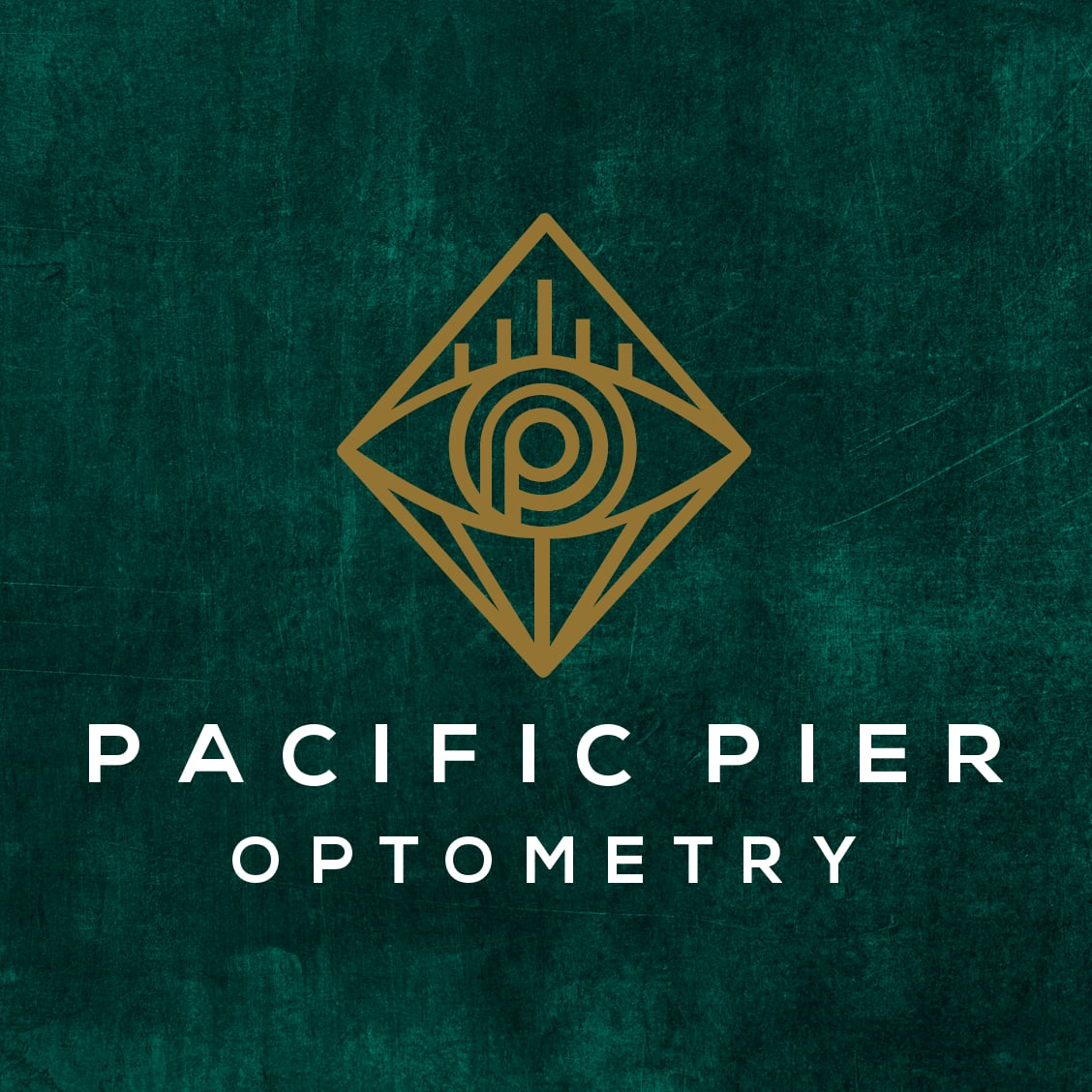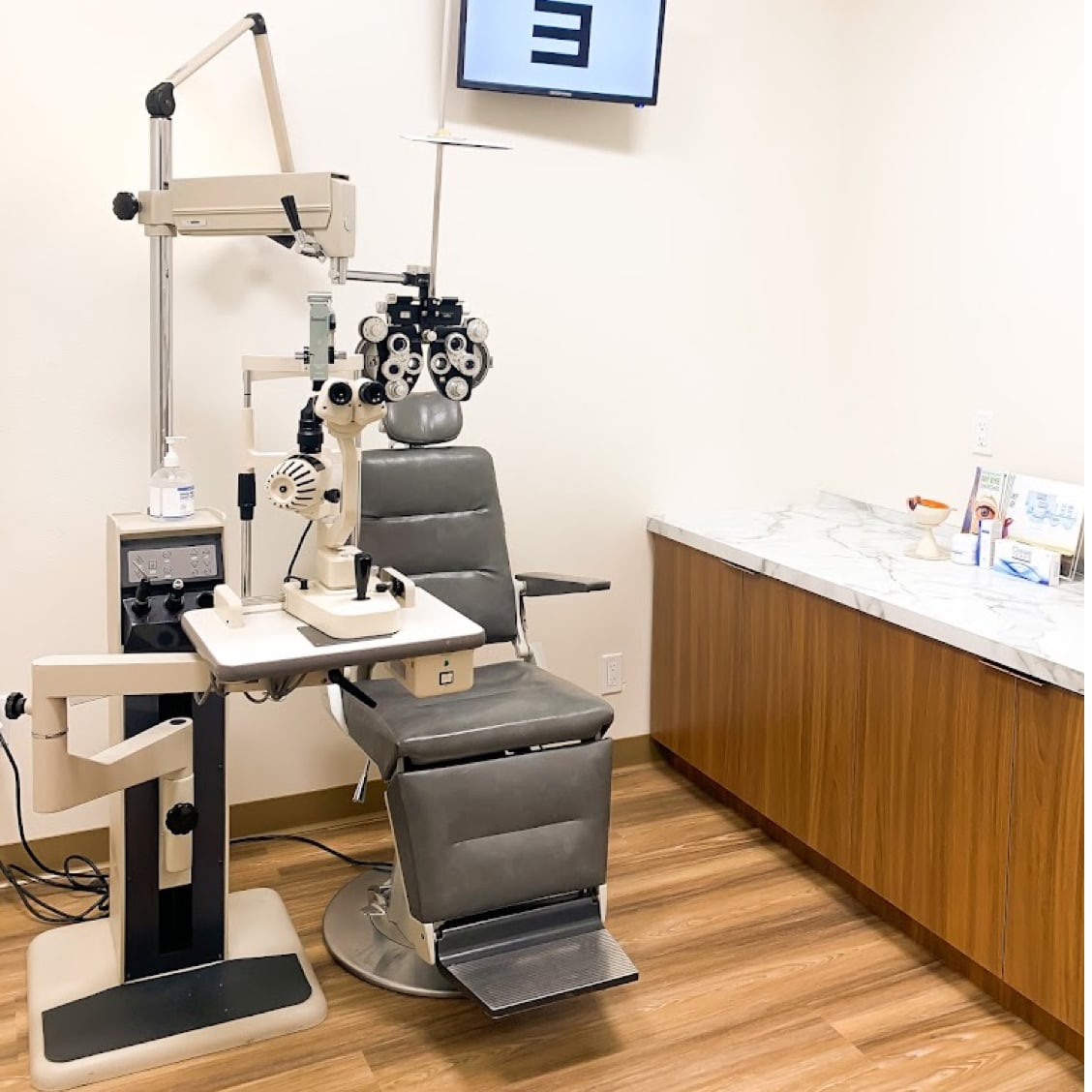Dry eye syndrome is a common eye condition that often feels like a gritty, sandy, dry, or burning sensation under the eyes. Typically caused by a problem with your tear production, this condition tends to lead to redness and irritation. But many people report that they experience both dry eyes and headaches simultaneously, leading to the question: can dry eyes cause headaches?
While it isn’t believed that dry eye syndrome directly causes headaches to develop, it’s believed that the two are linked. Dry eyes can often make the symptoms of a headache or chronic migraine much worse, leading to nausea and light sensitivity.
Fortunately, dry eye syndrome can be treated with the help of an experienced optometrist through dry eye therapy to help bring you relief.
What Is Dry Eye Syndrome?
When your eyes are healthy, they naturally spread a film of tears across their surface every time you blink. This tear film helps keep your eyes moisturized, hydrated, and protected from external dust and debris. It’s made up of three layers:
- The water, or aqueous, layer. This layer makes up most of the film and keeps the eye hydrated and protected while washing away irritants and contaminants.
- The mucus, or mucin, layer. This inner layer of the tear keeps the tear attached to the surface of your eye and makes the water layer spread evenly and smoothly.
- The oil, or lipid, layer. This layer seals the tear film and stops the tear from evaporating too quickly.
When a problem develops with one of these layers—most often the oil layer—it can lead to one of two problems:
- The tears aren’t high enough quality to properly do their job, or
- The tears evaporate too quickly
These problems are the most common cause of feelings of burning, dryness, and irritation in the eyes, causing a condition called “dry eye syndrome”—commonly referred to as “dry eyes.”
What Causes Dry Eyes?
Dry eyes may not only be a problem with your tear production, however. Dry eyes can also be caused by some medical conditions, including:
- Diabetic retinopathy
- Sjogren’s syndrome
- Allergic reactions
- Thyroid issues
- Rheumatoid arthritis
These conditions all affect the eyes in different ways but often lead to the development of dry eyes.
There are also several environmental factors that can contribute to this condition developing. For example, if you work in an environment that’s often dry, humid, dusty, smoky, or windy, it can cause your eyes to need to work harder to accommodate. The eye needs to produce additional tears to keep external contaminants and debris from entering, which can cause strain and lead to the tears being too poor quality to properly do their job.
In some situations, this situation can even be caused by digital eye strain caused by extended screen usage. When you spend too much time staring at a nearby screen, you often blink less. This can lead to your eyes not receiving the tears they need to remain hydrated, causing the development of dry eye syndrome.
Dry Eye Symptoms
Typically, dry eye syndrome is best categorized by a burning, sandy sensation between the eyelid and eyeball. It can also cause:
- Redness
- Swelling
- Irritation
- Constant rubbing of the eyes
- Sensitivity to light
- Blurry vision
Interestingly, dry eye syndrome can even cause your eyes to become overly watery. Though this may seem counterproductive, it happens because your eyes are irritated and produce more tears to try to soothe symptoms.
Can Headaches Be Caused by Dry Eyes?
While many researchers are unsure of whether or not the condition directly causes headaches to develop, there’s suspicion that the two are linked. In fact, if you experience chronic migraines, your odds of developing dry eyes become much higher—almost 20% more.
It’s believed that dry eyes can make headaches or chronic migraines worse when symptoms arise. The connection between the two may lead to vomiting, nausea, or sensory overload, like light sensitivity. This may be due to:
- Inflammation in the eye affecting the brain
- The eyes straining to see clearly despite dry eye syndrome, which may affect the brain
- Increased light sensitivity, which can make migraines worse
It’s even possible that if you experience both dry eyes and headaches, it may be caused by a physical structural difference in your eye.
Due to the potential link between these two conditions, it becomes more important than ever to seek help for dry eyes to determine if they may be causing your headaches. This can be done by an experienced optometrist during a regular comprehensive eye exam.
How Can You Treat Dry Eyes?
Fortunately, dry eye syndrome can be treated with the help of an optometrist. There are several methods often recommended, including:
- Eye drops or artificial tears
- Prescription medication
- Tear duct plugs
- Making environmental changes, like using a humidifier or eye protection, to minimize the environment’s effect on your eyes
- Reducing screen time
Where to Get Help for Dry Eyes
At Pacific Pier Optometry in Santa Monica, we know that dry eyes can be irritating. They can make your daily activities much more frustrating when all you want is relief and that’s what we want to help bring you. Book an appointment with us today, and get personalized care for your dry eyes!


















